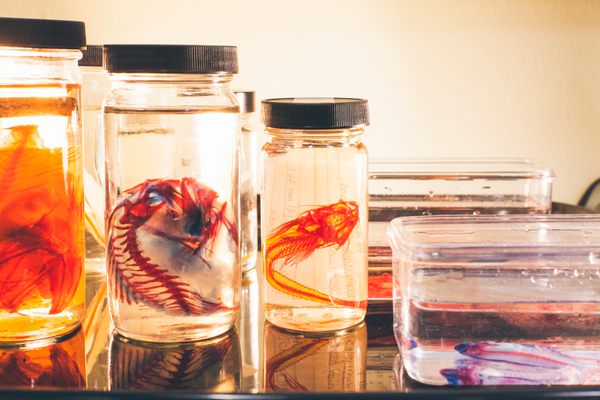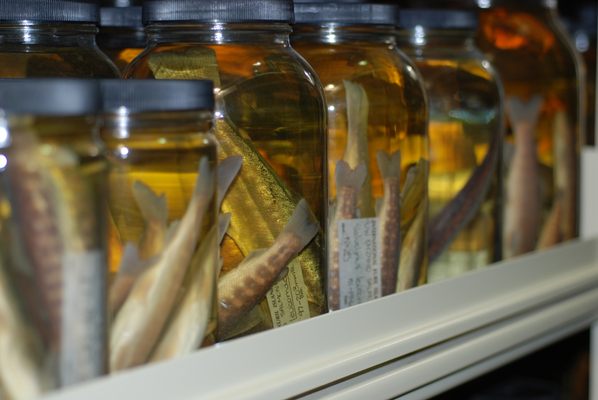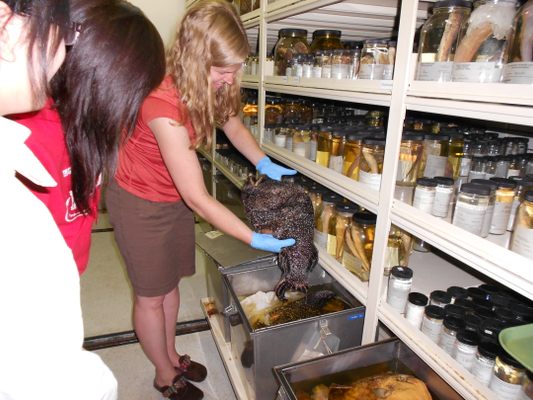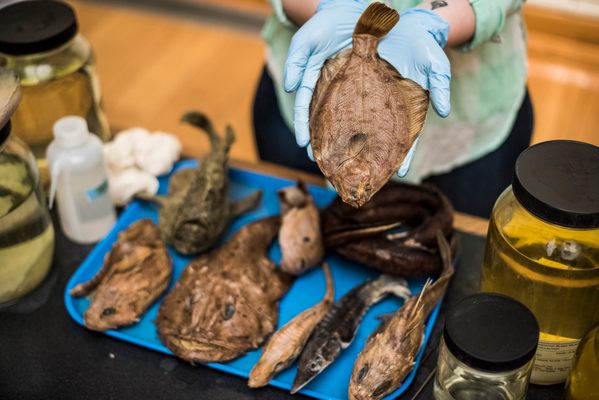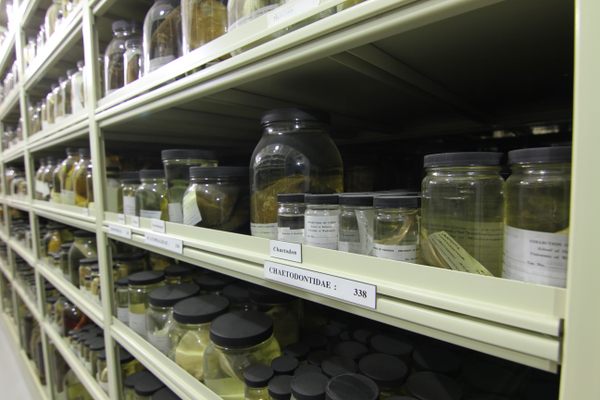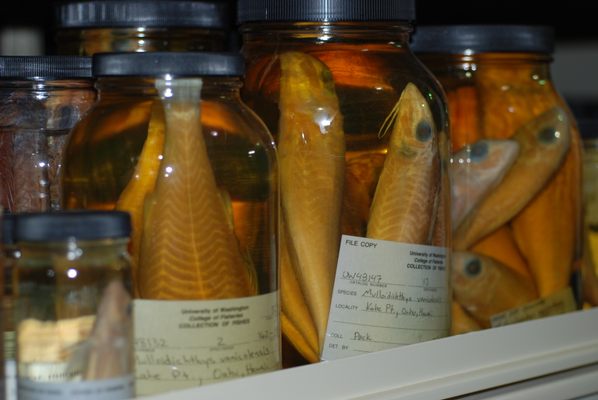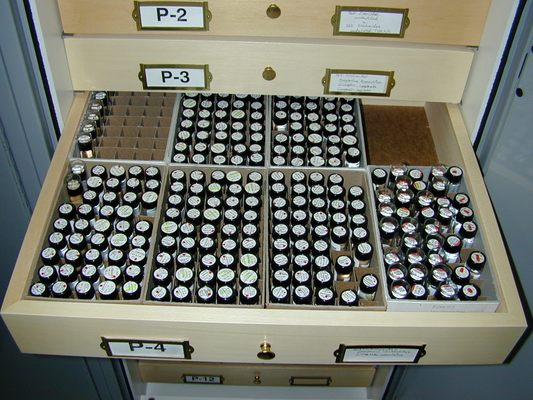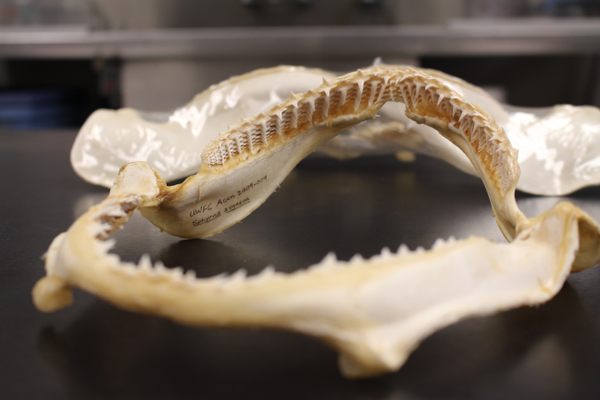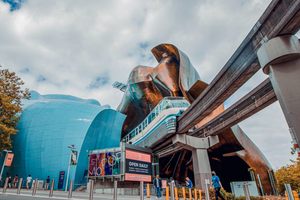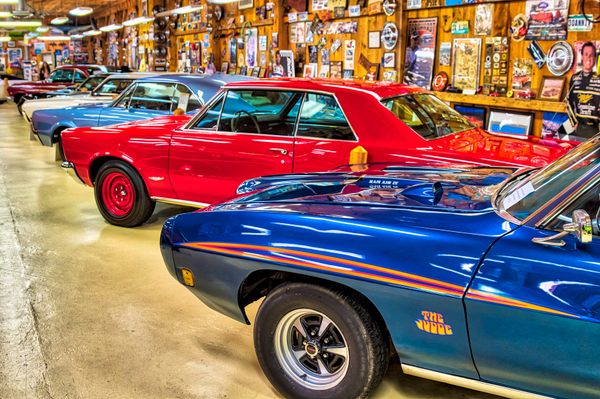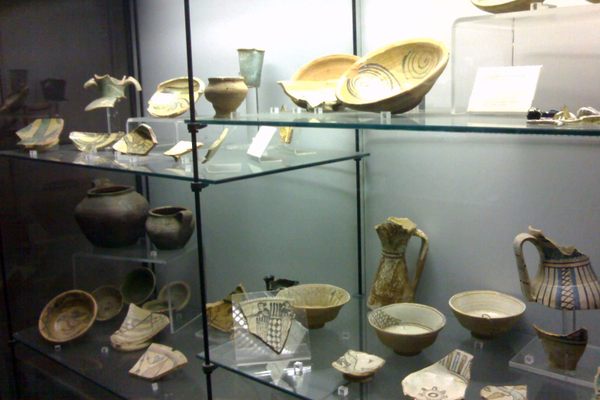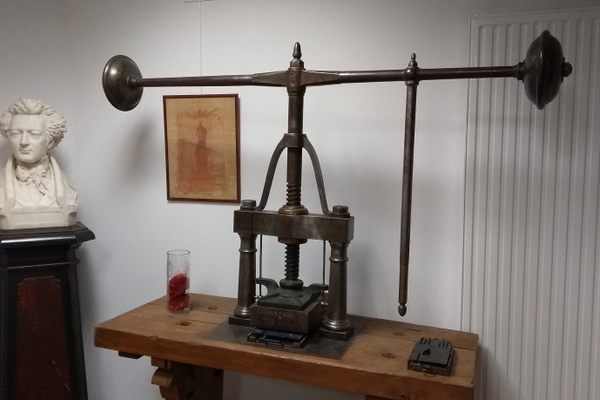About
Ichthyology is, essentially, the study of fish. That’s exactly what goes on at Seattle's Burke Museum, which maintains an incredible, biodiverse Ichthyology Collection of more than 11 million preserved fish specimens from all around the world.
Situated on shelves almost like library books, stack upon stack, the sheer number of the museum’s extensive collection of individual fish specimens—like the Ceratias holboelli or the Mola mola—shocks you when you see it face to face.
Focusing primarily on fish from the North Pacific Ocean and the Bering Sea, as well as freshwater habitats in the Pacific Northwest, the Burke Museum is the largest of its kind in North America and includes what may be the largest collection of fish eggs and larvae in the known world.
The massive amount of fish inspires visitors to wonder what else is out there in that deep, dark ocean? If space is the final frontier, the deep sea might be the most intimidating expanse simply because of its sheer depth. But, in Seattle, at the Burke Museum Ichthyology Collection, you can find examples of some of the wildest-looking fish that humans have ever come across. Like small, yellow sharks with their teeth showing or big, puffy female green fish with tiny parasite-like male counterparts clinging to their bellies.
The importance of the collection, which is also home to dinosaur and mammal fossils, is to keep track of the storied history of fish in the Pacific Northwest—especially as the climate changes and more and more species become extinct. If we can’t learn from the past, the future may be bleak. That’s why Ichthyology, is so very necessary.
Related Tags
Published
May 1, 2018
